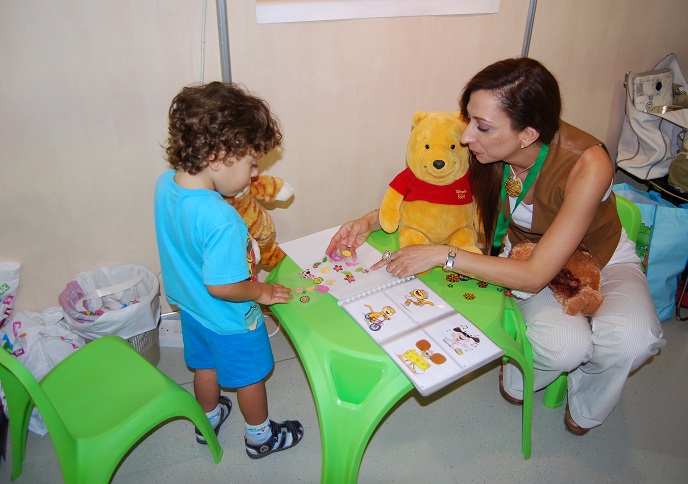Tracing the patterns of language and individuals’ learning differences
The EU-backed INDIV-STAT project delved into this question, exploring how the implicit learning of patterns helps people learn new languages. Research fellow Louisa Bogaerts, supervised by Ram Frost, Professor of Psychology at the Hebrew University of Jerusalem(opens in new window) in Israel, investigated how people spot patterns in continuous speech and streams of visual symbols. Supported by the Marie Skłodowska-Curie programme, Bogaerts used interactive experimental tasks and varied the consistency of language patterns, introducing some with exceptions and some with more exceptions, to study individuals’ ability to learn through seeing patterns. Pattern learning is thought to be important for the learning of a new language and a new writing system because both are characterised by a wide range of statistical regularities. In written language, some letter positions are more likely to have a letter doubling and there are common letter clusters. For example, in English, there are few doubled letters at the start of a word and ‘ST’ is common while ‘XK’ is not. “There is evidence of a strong relationship between how good people are at picking up statistical patterns in visual input, and how good they are at becoming literate in Hebrew,” says Frost. “In INDIV-STAT we furthered our understanding of the underlying mechanisms that are shared by so-called statistical learning and the acquisition of a new language and script.”
Pattern savvy
The researchers say that INDIV-STAT didn’t completely crack the mystery of why some individuals are better learners of foreign languages but made progress in understanding how people learn basic patterns and in characterising what patterns are present in writing systems. “We established that people learn simple, highly consistent patterns in visual input really quickly, with signs of learning already present after three repetitions of a pattern,” says Bogaerts. “But the patterns in writing systems are much more subtle. In order to understand the individual differences in the assimilation of a new language, we will need to study how these types of much more complex, large sets, of regularities are learned.” INDIV-STAT’s findings challenge previous measuring techniques. “Many researchers in our field have used tasks that do not allow you to be confident about the score of an individual participant,” says Bogaerts. Several new studies are now employing her improved psychometric tasks. INDIV-STAT drew on neuroimaging techniques like electroencephalography(opens in new window), which measures electrical activity in the brain, to understand what is being learned during statistical learning and if people are making predictions about upcoming language events. “We found that a specific pattern of rhythmic brain activity during the exposure to patterns could reliably predict how well individuals had learned the patterns at the end of the experiment,” says Bogaerts. Another interesting thing the team established was that different individuals might be doing different things when learning patterns. “Some individuals learn transitions: that A transitions into B. Others learn the entire unit ABCD as if it was a written word,” Bogaerts explains. The researchers plan more testing to probe the secrets of individual language learning performance. Future findings could change language teaching and the way we approach foreign languages.






